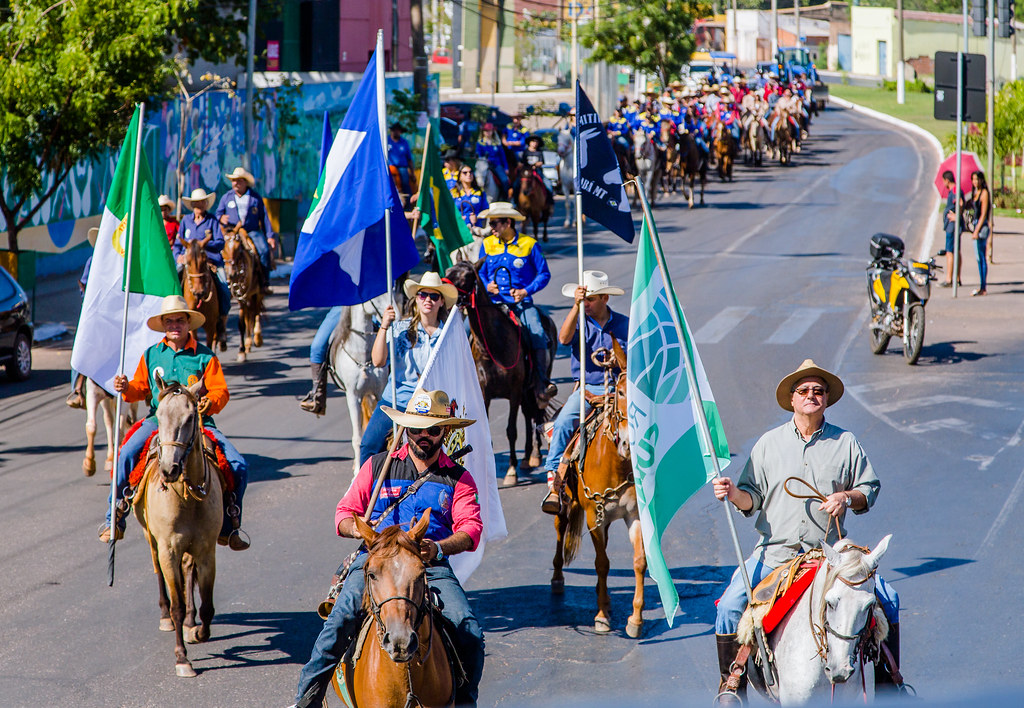The cobbled streets of Pirenópolis, a historic town in central Brazil, erupted in vibrant color and celebration on Monday as residents marked the annual Festa do Divino Espírito Santo the Festival of the Divine Holy Spirit a deeply rooted cultural and religious event tied to the Christian feast of Pentecost.
Dating back to the early 1800s, the centuries-old festival fuses Catholic rites with local folklore and theatrical pageantry. At the heart of the festivities are the Cavalhadas, a dramatic reenactment of medieval battles where costumed horsemen, representing Christian knights and Moorish adversaries, clash in choreographed duels not on ancient fields, but on modern football grounds.
Adding flair and humor to the spectacle are the mascarados, anonymous masked riders whose identities remain hidden throughout the event. Their comical antics and elaborate disguises bring levity to the celebration.
“It would not work if there were only the knights without the masked riders,” said one mascarado, his voice muffled behind a black mask adorned with square teeth. “It’s the whole that makes this beautiful festival happen for almost 200 years.”
Beyond the theatrical jousts, the festival features religious processions, solemn masses, and the symbolic coronation of the “Emperor of the Divine,” a ceremonial role that underscores the event’s spiritual depth.
Recognized as Intangible Cultural Heritage by Brazil’s National Institute of Historic and Artistic Heritage (IPHAN), the Festa do Divino is more than a celebration it is a living tradition that reflects Brazil’s colonial past, its Catholic heritage, and Afro-Brazilian influences.
For the people of Pirenópolis, the festival is not only a source of pride but a vital expression of community identity. Generations unite each year to organize the elaborate events, preserve ancestral customs, and welcome visitors eager to experience the cultural richness of their town.
As the sounds of galloping hooves, folk music, and laughter echo through Pirenópolis, the Festa do Divino once again reaffirms its place as one of Brazil’s most cherished cultural spectacles.


